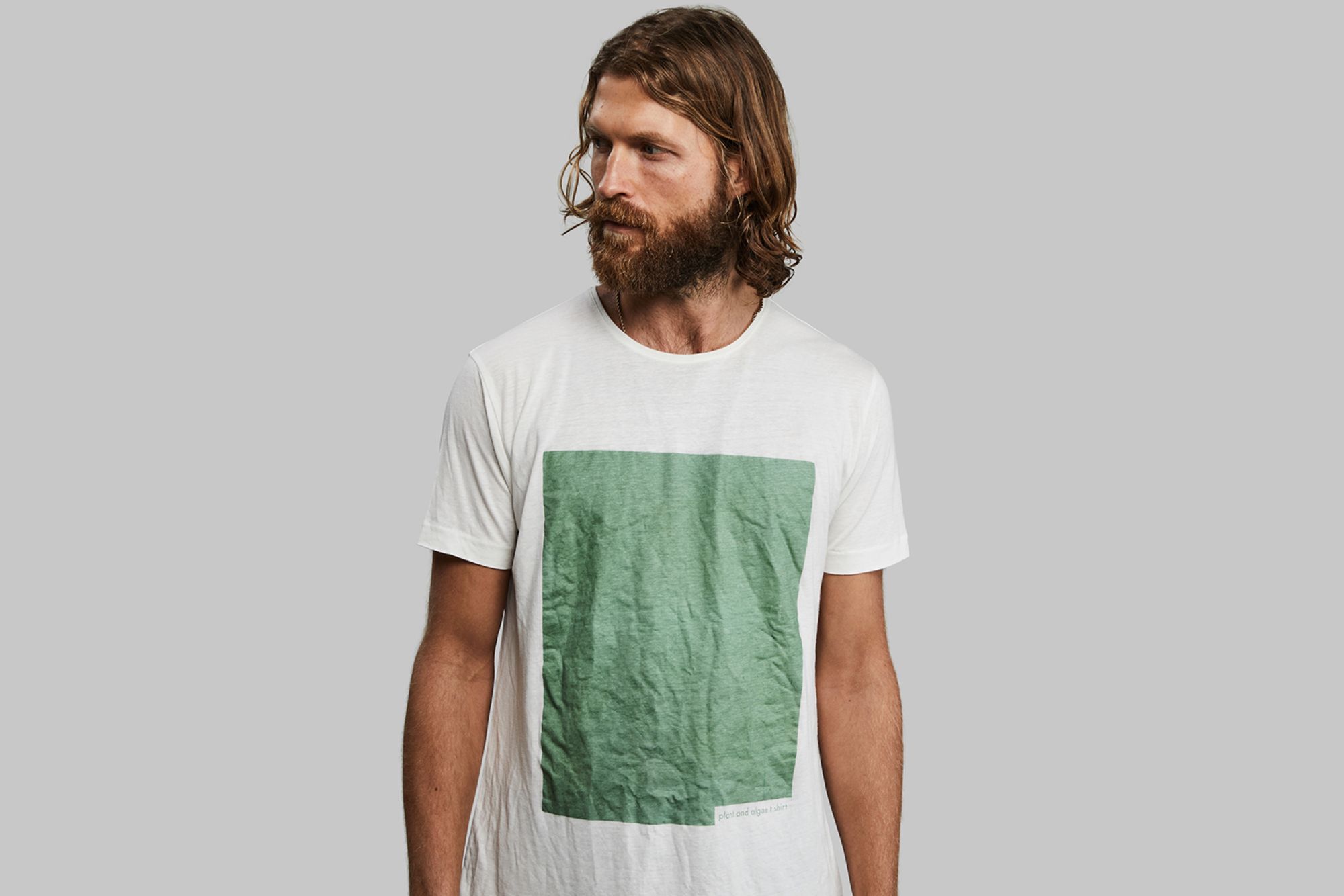Editor’s Note: This story was produced as part of CNN Style’s The September Issues, a hub for facts, features and opinions about fashion, the climate crisis, and you.
Ultramarathon runner Steve Tidball remembers the extreme events that ignited his interest in sourcing simple, natural materials for clothing.
“My brother and I used to race around the world. He was racing through the Amazon jungle, and it was a seven-day ultramarathon. (After the) race, everyone’s clothes are covered in blood (and) ants,” he said.
“At the end, a whole bunch of the people burned all of their clothes in a huge pile in the jungle.”
The fire released a huge cloud of smoke, thick with black carbon and noxious chemicals. “I remember he came back and said this is one of the most insane things he’s ever seen,” Tidball recalled.
Tidball’s twin brother Nick then asked what seemed to be a simple question: “Couldn’t we have just buried them?”
This question took the brothers on a ten-year search for a fabric that biodegrades safely and completely. It inspired them to create the clothing company Vollebak, which makes some of the world’s most technologically-advanced fabrics, and uses cutting-edge materials like graphene (a substance that won a Nobel Prize for the two scientists who researched its properties), alongside natural fibers.
The Tidballs’ decade-long search for a biodegradable T-shirt illustrates a major problem faced by the fashion industry, where chemical processing and synthetic dyes are a standard.
Man-made fabrics have spread pollution to the ends of the Earth, with microplastics turning up in oceans and Arctic sea ice, while chemicals from garment production like chlorine and arsenic have contaminated drinking water.
From 2000 to 2015, global clothes production doubled, according to a report by the Ellen MacArthur Foundation. This rise was partly due to growing wealth and the popularity of “fast fashion,” which encourages a quick turnover of styles to boost sales. Most unwanted clothes ended up burned or in a landfill – the equivalent of one full garbage truck every second, the report said.
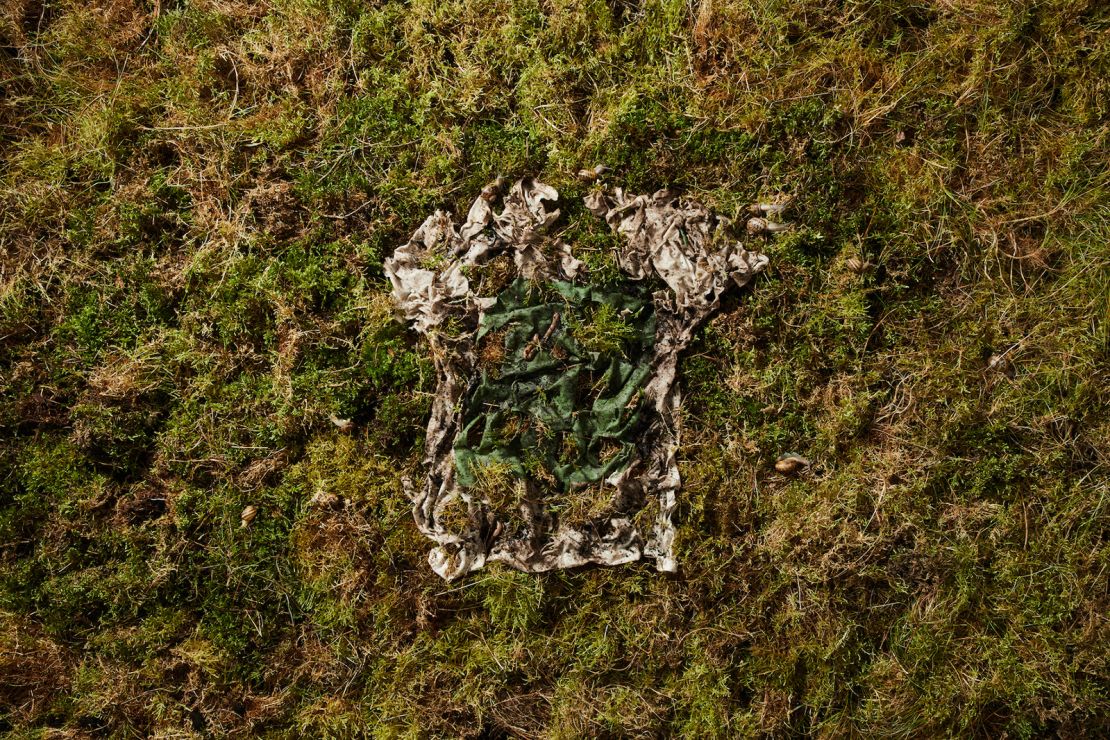
The more clothes we produce with synthetic fabrics – which now account for 60% of clothing worldwide, according to Greenpeace – the more microfibers end up in laundry wastewater and the vast landfill sites where almost 70% of clothing and footwear in the US eventually end up.
This opens the door for traditional, biodegradable materials like linen and wool, to return as eco-friendly materials of choice. But sustainable designers, like Vollebak, are looking to minimize the environmental impact in the production of such materials.
They are innovating production processes and finished materials to create a new generation of natural fabrics.
Wool sweater, free sheep
Vollebak’s plant and algae T-shirt is made from linen mixed with engineered lyocell fibers spun from pulped eucalyptus and beech. It’s soft, light and strong, and if you bury it in the ground, it will turn to compost within 12 weeks, the company claims.
Tidball says the firm brings the same rigor to working with wool or cotton as it does with more experimental materials. For its Planet Earth hoodie, Vollebak settled on Merino wool after testing it with supposedly more advanced materials. “Sometimes billions of years of evolution has done the job for you,” the company concluded.
Wool’s curly, hollow fibers naturally insulate. Vollebak sources it responsibly, then spins it into a fine material to ensure it’s lightweight and breathable. The hoodie is designed to be worn in four different ways to store heat or combat the cold.
Other designers have proposed even more surprising concepts.
When Edzard Van Der Wyck set his sights on producing straightforward, sustainable clothing staples, he founded Sheep Inc., which will sell you a wool sweater it claims will last a lifetime.
The company will even throw in a free sheep – each sweater comes embedded with a chip that its owner can use to track their “adopted” animal on the New Zealand farm where the start-up sources its wool. Customers get updates to their phones, detailing their sheep’s major life events, including if it gives birth and, when it eventually dies.
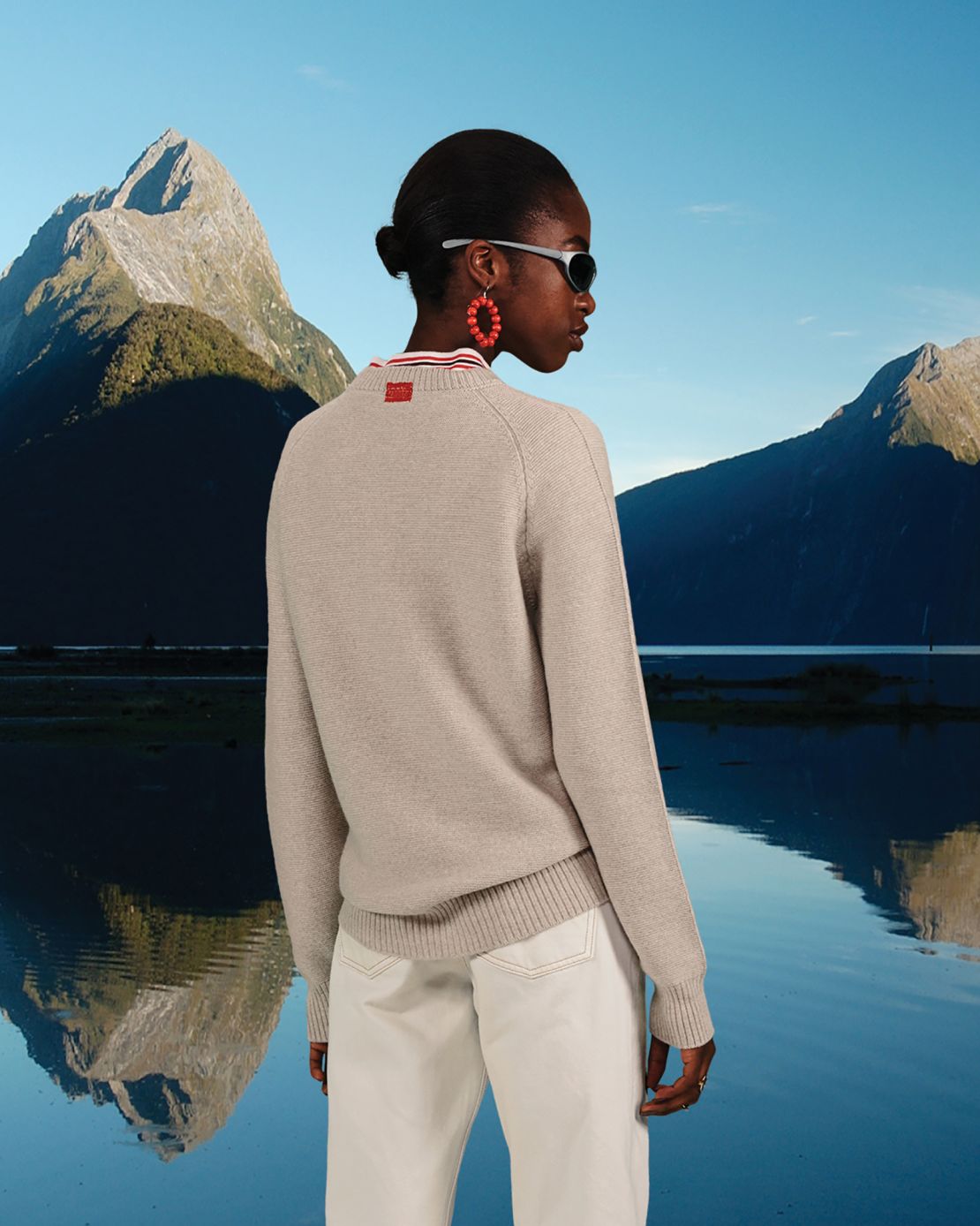
It’s all part of a process of creating clothes that are guaranteed for life, and that reconnect us with the materials they’re made from, said Van Der Wyck.
“We knew we wanted to create a sweater that was sustainable and environmentally friendly, and we then went back and said, ‘OK, what’s the best material to use?’”
“We looked at various things – those new synthetic materials derived from pineapple leaves, a vast array of natural materials like cashmere – and we ended up with Merino wool for a very specific reason.
“There’s no synthetic or alternative materials that match wool … from the touch point of view, and from a functional point of view.”
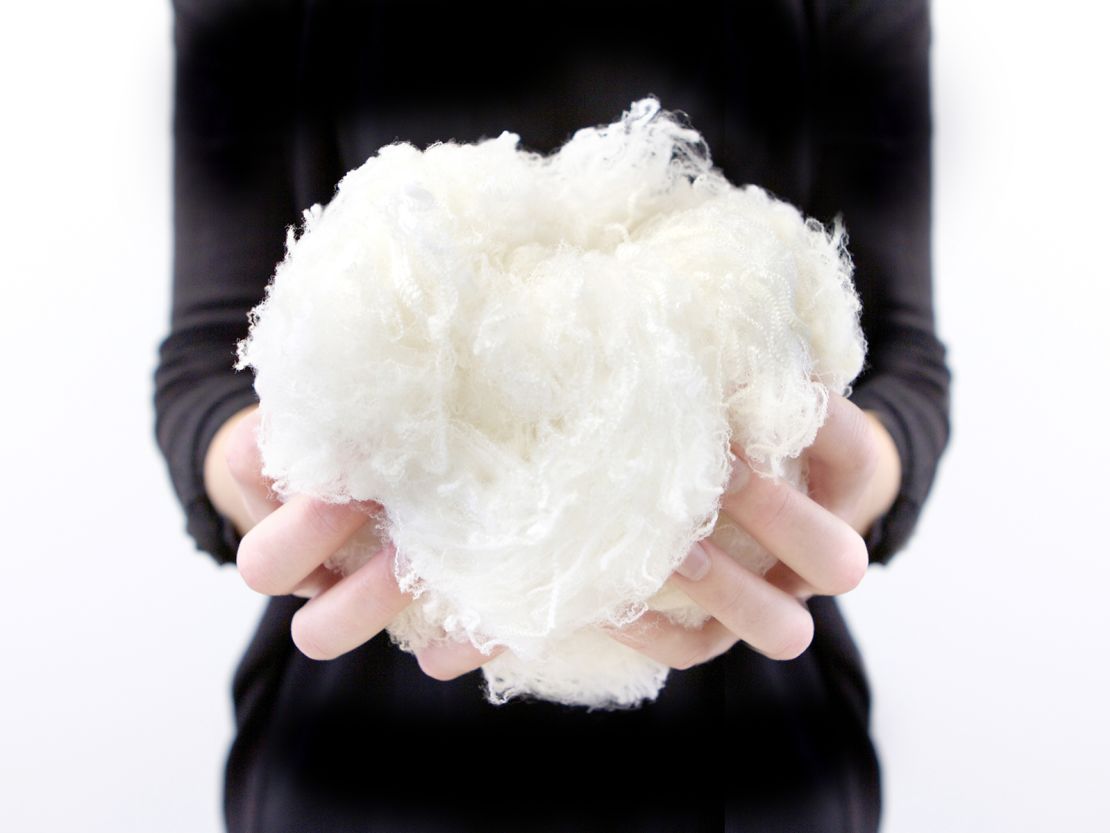
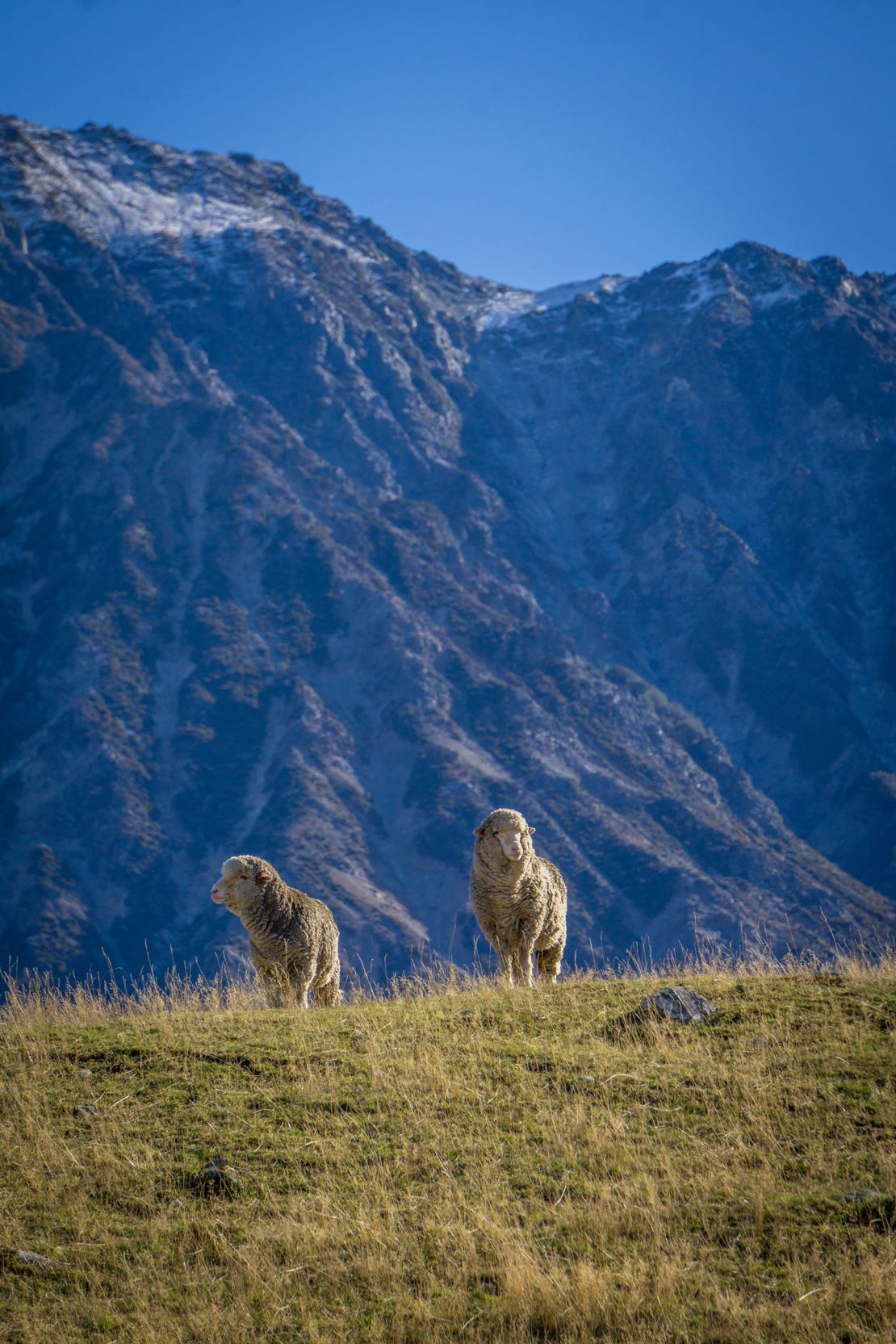
Wool farming can do massive damage to the earth if farms are run unsustainably, said Van Der Wyck, pointing to cases reported in Mongolia, where overgrazing cashmere goats have devastated pastures.
Instead, Sheep Inc. says it works with farmers committed to restorative farming techniques that minimize greenhouse gas emissions while aiming to sequester carbon in the soil.
Sheep Inc. claims to offset emissions tenfold – meaning that for each kilogram of carbon the company produces, it invests in capturing 10 kilograms – while contributing to initiatives that promote local biodiversity.
The wool itself is shipped to Italy, where it is spun into a soft yarn at a 160-year-old mill that runs on renewable energy.
While that’s a lot of mileage, Van Der Wyck argues that transport makes up a relatively small part – around 1%, he claims – of Sheep Inc.’s carbon footprint, and allows the company to improve transparency at each step of the chain between sheep and consumer.
Even cotton
Cotton, the world’s most common natural fiber and the basis of around 30% of clothing produced globally, according to the World Resources Institute, is off-limits for some of the most committed sustainable fashion brands. That’s because cotton production uses vast quantities of water and insecticides, and its supply chains often involve toxic processes, such as bleaching and dyeing.
But Seattle-based textile producer Evrnu believes it can use the material in a sustainable way, by treating cotton as if it were gold.
“Almost all of the gold ever produced is still in circulation,” said co-founder Christo Stanev. “We can do exactly the same thing with cotton.”
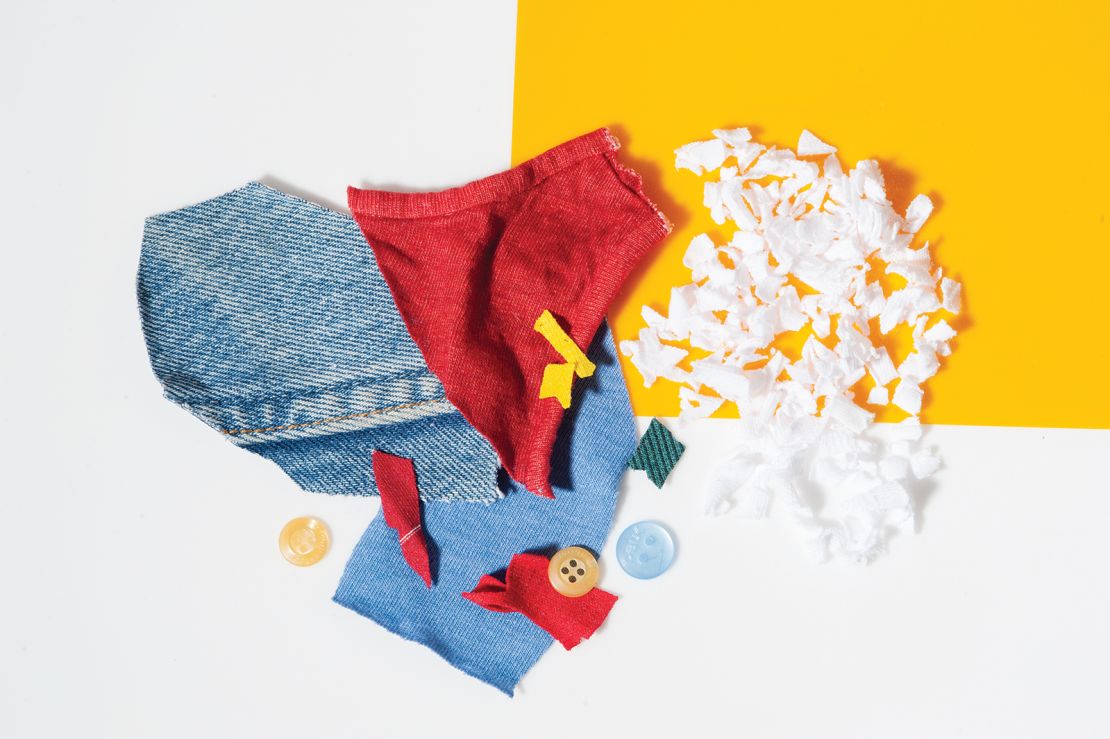
Rather than chopping up old cotton clothing to recycle it, which significantly weakens the fabric, Evrnu aims to “reclaim the raw material” by melting it down like gold. Evrnu’s fabric, named NuCycl, is made by extracting the molecular building blocks of cotton and reforming them into new fibers, which the company says are up to three times stronger.
Evrnu’s new process means the company can harvest cotton from discarded clothes rather than growing more cotton, building a new, stronger T-shirt out of an old, unloved one. In July 2019, the first NuCycl hoodie, a collaboration with Adidas and Stella McCartney, was unveiled at the Wimbledon tennis championships. It was designed to be liquefied at the end of its life and returned to the NuCycl system.
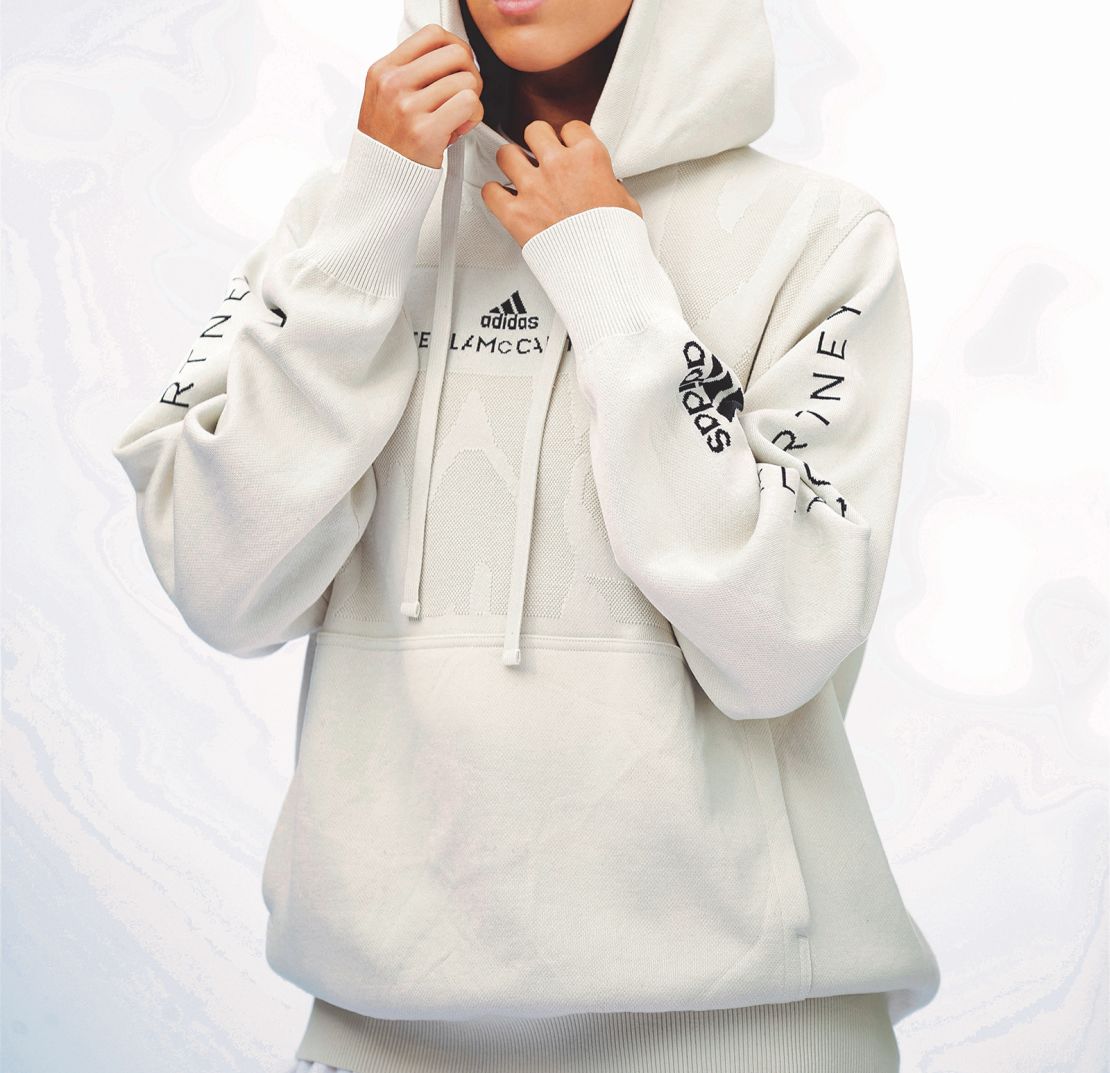
The commercial pilot is underway, and the company is now working with other brands such as Levis. They aim to mass-produce the material so that it can one day take the place of virgin cotton and polyester in production chains worldwide.
Whereas before, oil-based materials like Nylon had at least one environmental advantage over natural materials – being easier to recycle – Evrnu hopes that natural materials can now match them on that measure too.
“We envision a world in which all natural fibers have a regenerated or synthetic counterpart,” says co-founder Stacey Flynn. “So whatever is grown naturally should be able to be broken down… and turned into something else.”
Top caption: A model wearing a biodegradable T-shirt by Vollebak.
